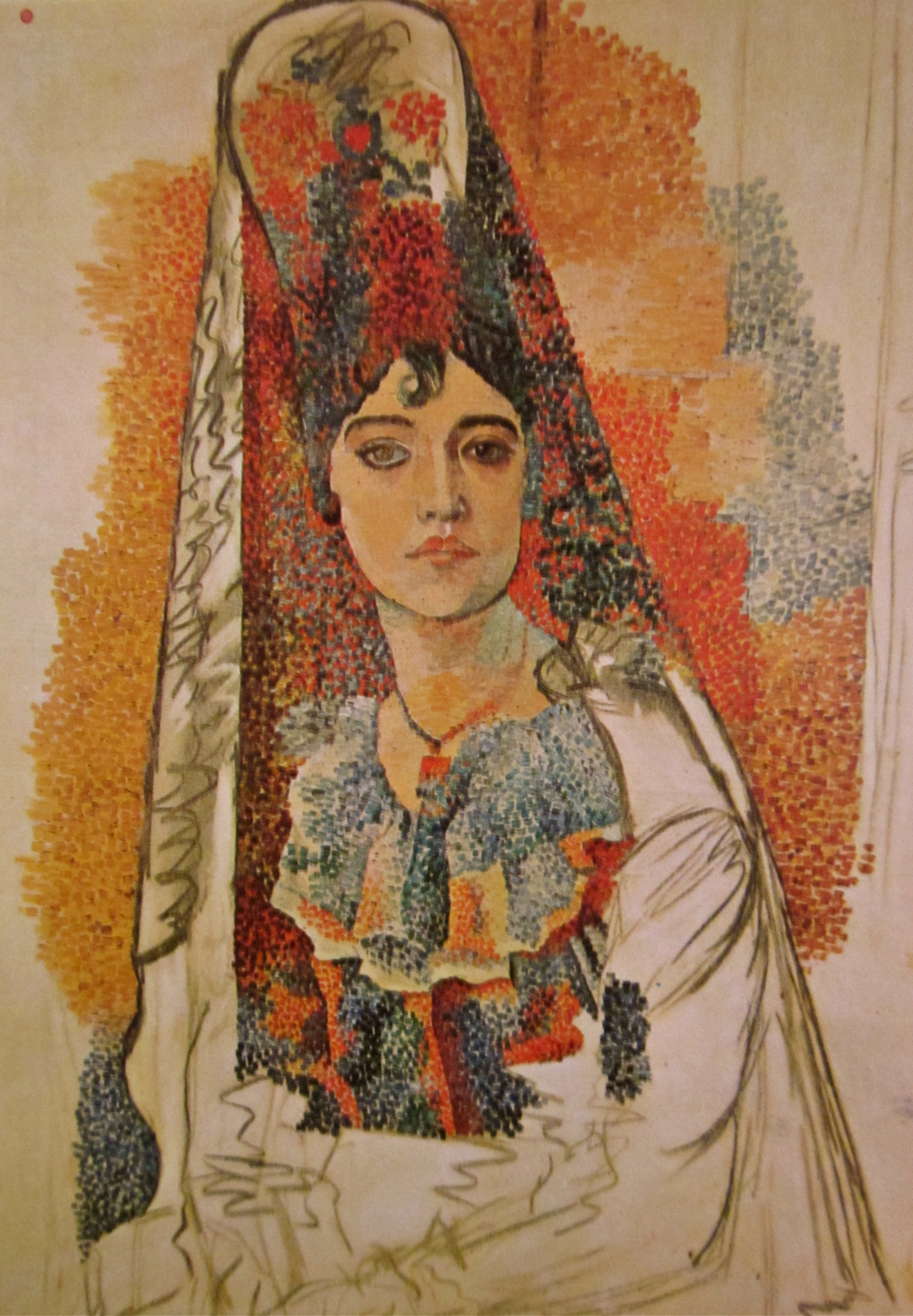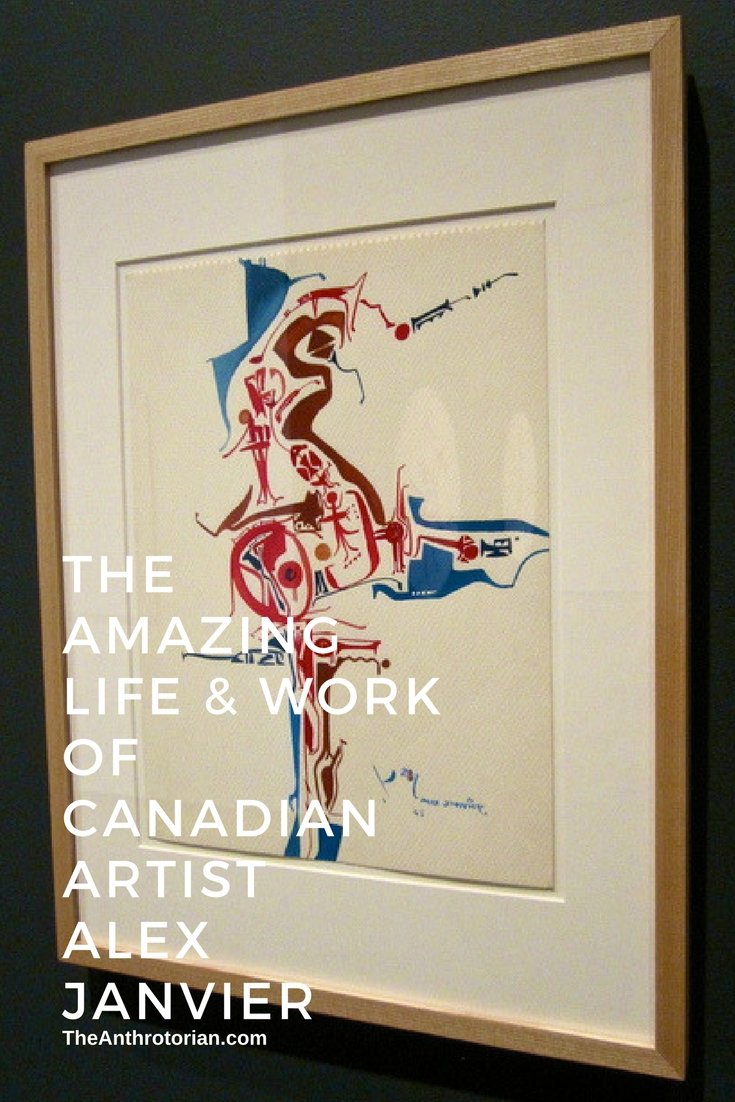On my last trip to LA (also my last pre-COVID trip), I was very excited that I would have a chance to finally cross The Getty off of my “museums to visit” list. I have wanted to get there for years — ever since reading Loot and learning about the more controversial side of the museum.
Read More15 Photos That Will Make You Want To Visit The Centre Pompidou in Paris
There are A LOT of museums in Paris, and it is impossible to see them all on your first, second, or even third visit to the city.
In fact, I didn't make it to the Centre Pompidou until my third time to the city — and was that ever a mistake! Not only is the exterior of the building a must-see, the museum is home to over 100,000 works created in the 20th and 21st centuries, and an INCREDIBLE view.
Read More"Show Me Something I Don't Know" — A Photography Exhibit Featuring The Anthrotorian's Photos!
When I saw that there was a call for submissions for travel photos at one of my local art galleries, I jumped at the chance to submit. I couldn't have been more excited a few weeks later when I found out that five of my photographs were chosen to be part of the exhibit!
Read MorePOP! A Brief Bio on the Iconic Andy Warhol
Beginning in the 1950s, artists influenced by Utopian American ads, Hollywood icons, pop music, comic books, and science fiction, started creating images that anyone walking down the street could recognize and declaring it art.
The public loved it, and with that, Pop Art was born!
Marilyn Monroe, circa 1962 Andy Warhol
The artist only began to paint Monroe after her death and — staying true to the Pop Art philosophy — was only interested in portraying Marilyn THE STAR, not Marilyn the person.
Though he wasn’t the founder of this movement, the work of Andy Warhol (1928-1987) is indisputably the most widely recognized art from this period. Warhol officially began his foray into the art world in 1960 when he made the choice to leave a career as a commercial illustrator and devote all his energy to art.
Though he started off painting, he made a quick switch and settled into the assembly line technique of silk-screening photo images on canvas. This technique allowed him to mass produce art, making it more available to purchase, and making him more money.
Mao Zedong (detail behind portrait), circa 1972 Andy Warhol
His portraits of Mao Zedong were a glamorization of the infamous communist ruler’s official portrait. A portrait that was used on billboards, brochures and books giving it the same iconic and pop presence in China as a Campbell Soup ad had in America at the time. It is speculated that Warhol chose to paint Mao because — according to LIFE Magazine — in 1972 he was declared the most famous person in the world.
These portraits are a departure from his other famous works because they are hand painted making each one unique compared to his other highly repetitive works (see Marilyn Monroe above).






